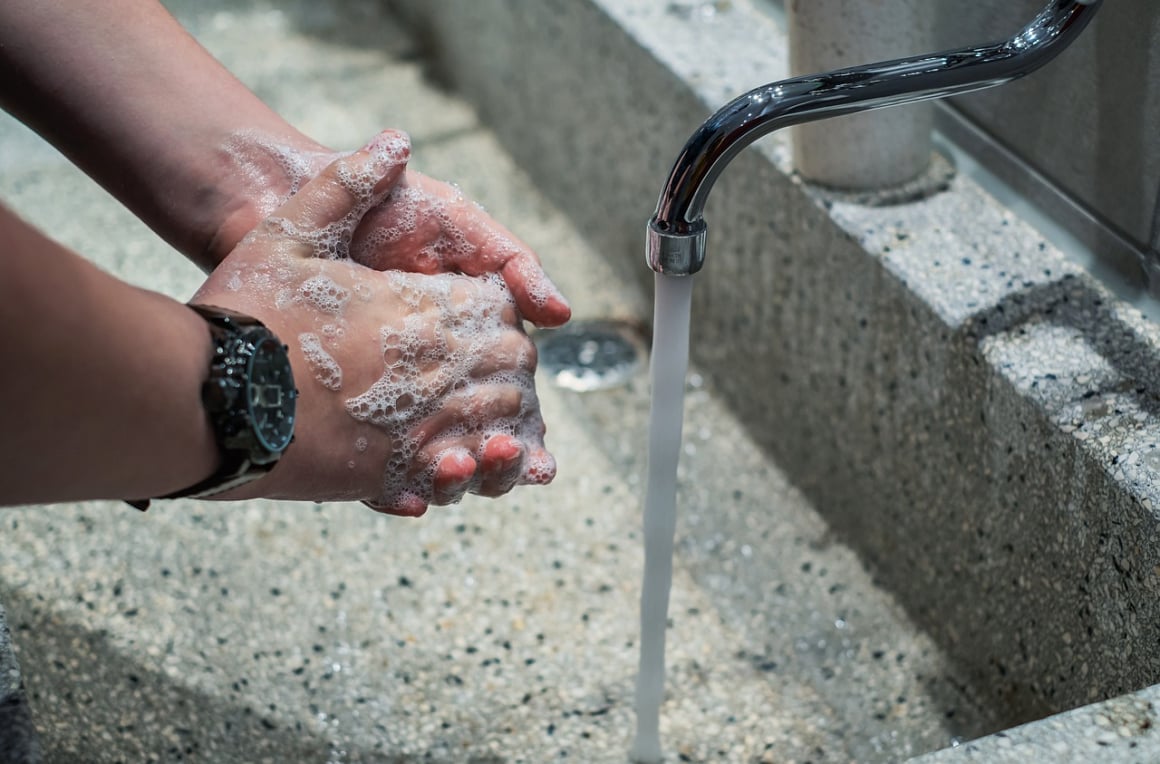
Care and Handling of GP Contact Lenses
When cared for properly, gas permeable contact lenses can provide a healthy, comfortable and convenient vision correction option. Whether you are new to contact lenses or have been wearing them for years, the following tips will help you to enjoy the benefits of contact lenses.